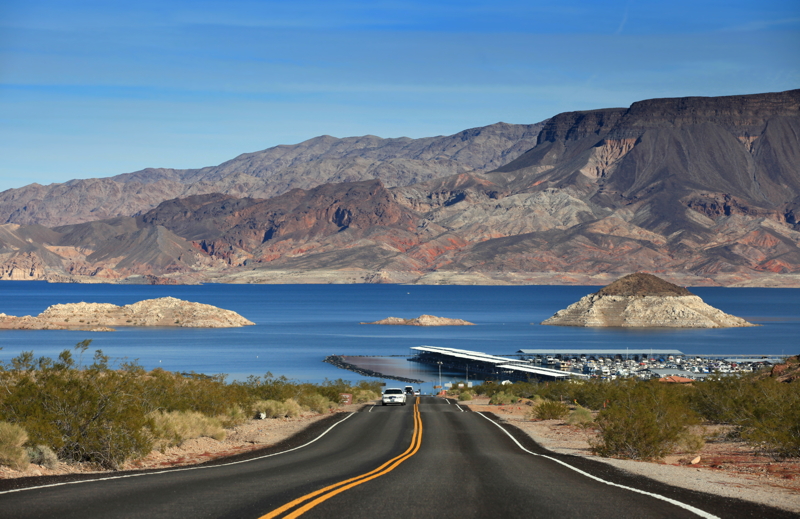Boating Accidents and Statistics
Boating is a popular activity at the many lakes in Nevada and as spring and summer approach, many families and friends will be getting together to spend the day enjoying fun warm weather water sports like water skiing, tubing, swimming, or just cruising around the lake.
 Boating is fun and generally safe but it is important to remember that there are laws governing the waterways and failing to know or follow the laws comes with consequences. All Nevada boaters, when visiting lakes for a day of fun, need to come prepared to follow the water safety rules and Nevada boating laws.
Boating is fun and generally safe but it is important to remember that there are laws governing the waterways and failing to know or follow the laws comes with consequences. All Nevada boaters, when visiting lakes for a day of fun, need to come prepared to follow the water safety rules and Nevada boating laws.
Boat Accident Causes
Boating accidents do happen and when making plans to be out on the water, be aware and prepared as there are many different circumstances that can cause boating accidents. For instance:
- Operator inexperience or inattention
- Fires or explosions on boats
- Alcohol-related boating accidents
- Carbon monoxide exposure
- Accidental drowning
- Machinery failure (i.e. boat part or product defects)
The most difficult thing for the people and families affected by boating accidents is that they happen when least expected. People start out for a day of fun in places like Lake Mead or Lake Havasu, but then experience accidents that can sometimes change their lives forever.
Boating Accident Statistics
The U.S. Coast Guard compiles statistics on recreational boating accidents. These statistics come from accident reports that are filed by the owners/operators of recreational vessels involved in accidents within the U.S. and the five U.S. territories.
The latest Boating Statistics published in 2013 reported the following:
- 4,062 accidents that involved 560 deaths, 2,620 injuries and approximately $39 million dollars of damage to property as a result of recreational boating accidents.
- The top 5 boating accidents were caused by: operator inattention, improper lookout, operator inexperience, excessive speed, and machinery failure.
- Alcohol use is the leading known contributing factor in fatal boating accidents, listed as the leading factor in 16% of deaths.
- 77% percent of fatal boating accident victims drowned. Of those drowning victims, 84% percent were not wearing a life jacket. Also 8 out of 10 of those who drowned were in boats less than 21 feet in length.
- The most common vessels involved in accidents were: open motorboats, personal watercraft, and cabin motorboats.
Boat Safety Equipment Essentials
Individuals with recreational boating vessels should always ensure their boat is equipped with the safety equipment required by federal law. By law, boats should be equipped with items such as lifejackets, fire extinguishers, a whistle, bell or horn, a visual distress signal like a flare, a ventilation duct that allows for proper ventilation of inboard gasoline engines and a backfire flame arrestor for inboard engines.
Boating Safety, Education and Enforcement
The Nevada Department of Wildlife is the boating safety, education and enforcement agency for the state of Nevada. For more information on boating safety tips, to download safety guides, find a boating safety class and get rules and regulations for local lakes in Nevada visit the Nevada Department of Wildlife’s website. For a list of recalls and to learn more about boating safety, visit the U.S. Coast Guard’s website.
Have fun on the lake, boat responsibly and stay safe!



